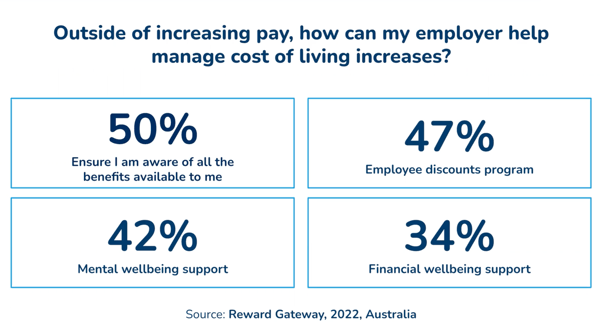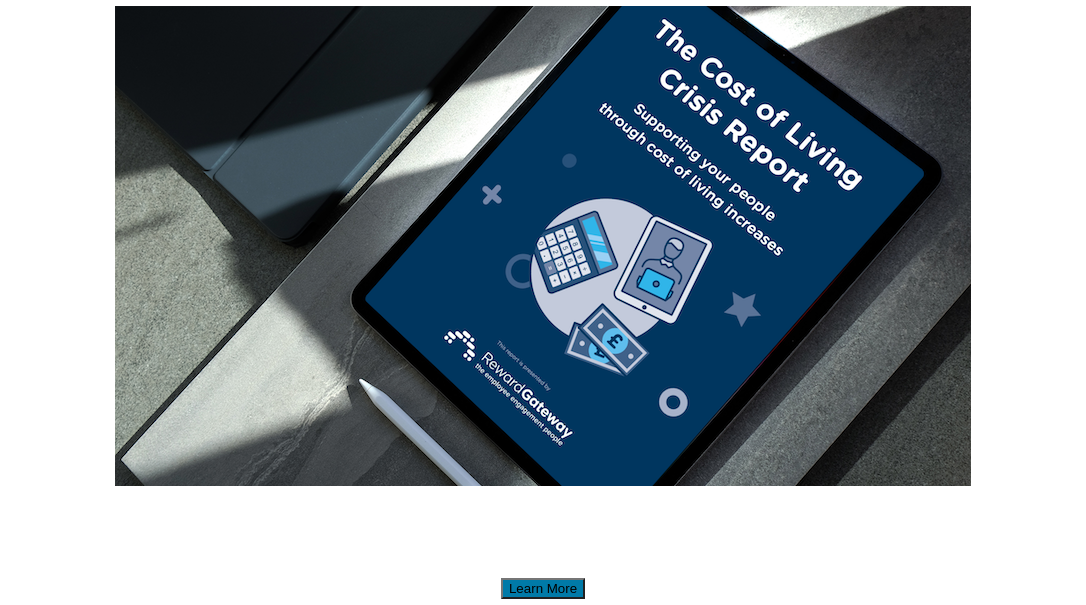Cost constraints are nothing new in the world of HR and People leaders. We’re continually challenged to do more with less, eagle-eyeing line items in our team budgets and finding tools to build cost-saving efficiencies. But when the world follows suit and dollars are pinched in every which way, pushing forward people goals can quickly fall to the wayside. This can be especially true when it comes down to final numbers in end-of-financial-year planning as your CFO gets out the red pen and leaders are forced to whittle down their budgets even further.
In my 15-plus years as a global people leader, I’ve found that there are a few key consistent points to keep your people strategy marching in the right direction, no matter how tight your budget. Let’s jump in.
Accept agile, because it’s the only way forward
I’m a big believer in agile thinking. Agile’s history is firmly seated in the world of tech, but wider business areas are using the principles in their day-to-day work to plan and prioritise. Agile is dependent on three things: Feedback loops, a prioritisation framework and a ‘customer collaboration’ mindset.

- Agile encourages iterative deliverables with continuous feedback loops – which enables you to stay on track with what your customer (in this case, your business and employees) needs are, even as they change.
- Agile principles also provide a good framework for prioritisation, with a mix of setting long-term ambitious goals delivered through shorter-timed planning periods. For example, you could have a 1 or 3-year strategic ambition, but work towards delivering on it in quarterly time boxes to enable the team to gather feedback and adjust the plan regularly – and, where needed, pivot the approach.
- At its heart, the Agile Manifesto subscribes to ‘customer collaboration.’ Remember that in our world of HR, our customers are our employees and our business, and as such, we should connect everything we do to their needs.
Our research shows that only 1 in 5 Australian HR leaders believe their strategy allows them to adapt quickly, and for that I say:
In times of economic turbulence, you’ve got to be OK with adopting an agile mindset, where you can pivot and be nimble.
Yes, you always want to work towards your company’s north star and future vision, but how you get to that endpoint needs to be agile enough to respond to the market changes, especially in how they affect your business and industry.
Keep your business goals top of mind

There always has to be a connection to how investments directly impact the bottom line of the business.
When we experience economic turmoil or major budgetary constraints such as planning for the end-of-financial-year (EOFY), we need to have initiatives, deliverables and programs that we can clearly demonstrate are contributing to the overall success of the business.
For me, this ties into looking at the metrics around some basic people data regarding labour turnover. If you’ve got high labour turnover, what does that cost you every time you lose somebody great from your business? Not only when you lose someone, but also think about the cost of onboarding, too.
By putting in place the right kind of people initiatives and programs, you're stopping the business from haemorrhaging money in elevated recruitment and retention costs, which moves your project from a nice-to-have to a must-have.
Think creatively to find low-cost solutions
If you haven't got a great deal of budget, it's looking inward at what skills and knowledge you have got across the business that you can leverage. When we’re looking specifically at financial wellbeing, we need to remember the resources we have at our fingertips, as well as others within reach.
If you’ve got the budget, you can bring in an external provider to do sessions on investments or money management. But if you haven’t got the budget, you have a finance team with knowledge and expertise in your own company who could impart that knowledge to other people in the organisation.
Not only is that a cost-effective way of doing things, but it also helps build a culture of learning in your organisation, while encouraging people to work outside of their siloed areas.
The other thing you can consider is what partners you have standing relationships with that might provide a certain service for you. They may be willing to dedicate an hour or two to an employee-dedicated wellness webinar, for example, to show employees what’s available to them.
Our recent research shows a variety of ways employees are looking for their employers to help them outside of pay, specifically around cost of living increases:

Internally, one thing you can do that is absolutely free is promote, promote and promote some more! What benefits do you have on offer that your employees need to hear about? Whether that’s a discounts program to help them stretch their take-home pay (like we offer), or by centralising resources and lesser-used benefits in one place so employees can find them, now is the time to double down on packaging and promoting how you can best support your people.
Equip your managers to lead the way
Your managers should be seen as the lifeline for your business during disruption. They are the ones that get the messages out to frontline employees and can be your make-or-break moment in keeping your top talent. Just like you should be promoting benefits and resources to all employees, ensure your managers are signposted to all the support that’s available to them as well. For example:
 How can managers foster employee resilience at your organisation?
How can managers foster employee resilience at your organisation?
Lead manager development or provide relevant materials on how to support employees, whether leaning in on education around how to create a supportive work environment, or how managers can create a psychologically safe environment at work for employees to open up.
Do your managers know how to spot signs of burnout in themselves, or in others?
Focussing in on mental health resources, time management and productivity hacks, giving managers autonomy to grant time off or supporting them to model flexible working styles can make a huge difference in an employees’ day-to-day stressors.
Are you keeping your managers in the know?
Without open, honest and transparent communications from the top-down, fear leads to office rumours and job insecurity. Keep your managers in the loop on important company updates and how it will affect their team so they can instil confidence in their leadership style.
Don’t forget about R&R and the power of a free ‘thank you’
Not everything needs to have a number attached to it, though. Make a point to emphasise the non-financial elements of recognition, with a colleague or your leaders saying ‘thank you for your hard work,’ to recognise and show employees that they’re valued goes a long way.
Not only does it make the person that’s received the sentiment feel good, but it’s also about the person giving it.
Building a culture of healthy, consistent employee recognition shows you care about your employees, and that connects back to retention and recruitment goals. It’s not trivial – it’s an incredibly valuable program that can make a huge difference.
If there’s a small monetary element to it, whether it’s $10 or $15 for example, this can make a big difference to individuals or even their families. It could be a lovely treat for themselves or for them to share with a relative or a child. It could just make the difference for them that particular week when it’s an especially trying time.
These principles and tactics can apply whether you're an organisation of 50 people, or 150,000. What changes the most is how you deliver on them, and what resources you have to execute. But the principles of mapping our strategy and focus, even in difficult financial times, remain consistent.
 Nebel Crowhurst
Nebel Crowhurst


